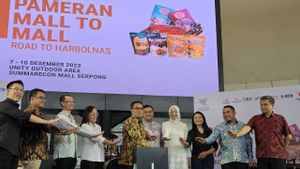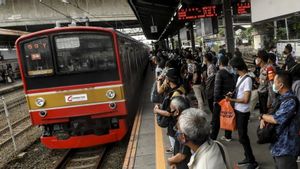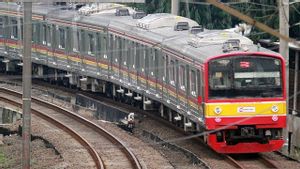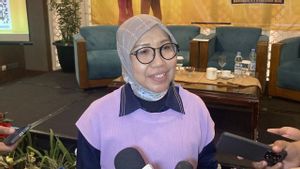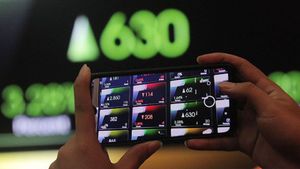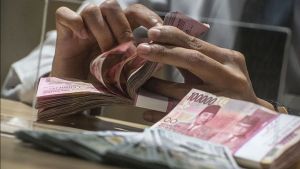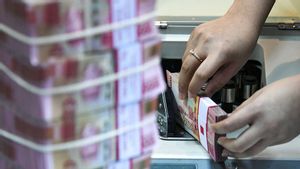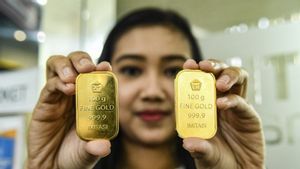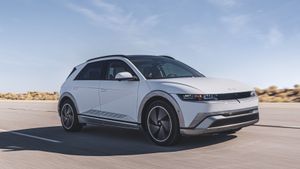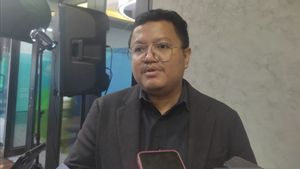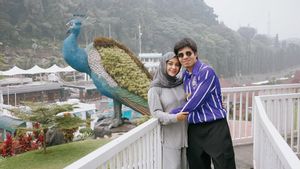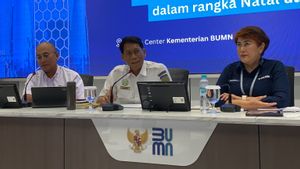JAKARTA - The Ministry of Transportation (Kemenhub) admits that it has no problem with the decision of PT Kereta Commuter Indonesia (KCI) which chose to import three new circuits or KRL trainers from a company from China, CRRC Sifang Co.Ltd.
Director General of Railways of the Ministry of Transportation Risal Wasal said that the authority regarding the procurement of train facilities is in the operator, in this case PT KCI.
"Indeed, the authority for the procurement of facilities lies with the operator," he said when met at the Office of the Coordinating Ministry for Maritime Affairs, Jakarta, Wednesday, February 7.
Risal said operators are welcome to procure trains from any country. However, said Risal, the train specifications must follow the standards set by the Ministry of Transportation.
"(KCI) communication. It means the process. We give the standard, the standard train, he can choose from anywhere," said Risal.
For your information, KCI will officially import three new KRL series with KCI-SFC120-V type from a manufacturer from China, CRRC Sifang Co., Ltd with an investment value of around Rp783 billion.
Previously, KCI Vice President Corporate Secretary, Anne Purba said that her party had compared the prices of trains produced by Japanese company J-TREC; Chinese company CRRC Sifang Co.Ltd and also from two South Korean companies (South Korea), namely Wojin and Dawonsys.
As a result, Anna continued, the price of KRL produced by Chinese company CRRC Sifang is much cheaper than the other three companies.
SEE ALSO:
"So that when we received all the proposals (from the countries), CRRC was indeed the most competitive of the price," he said at a press conference at the KCI office, Jakarta, Tuesday, February 6.
In addition, Anne said that in deciding imports from China, one of the considerations was the technical specifications closest to the standard in Indonesia.
There are technical specifications that are very close to CRRC, because it is production that really suits our needs. As for those from Korea, the majority of them still use aluminum, while we are already stainless steel," explained Anne.
Anne said other specifications that were also considered were the free space in the train carriage, infrastructure, rail size, and the quality of the air conditioner.
"For example, AC, AC for technical capacity in Singapore, Malaysia, China, Japan, is different. And this is what they adjust their conditions to Indonesia," he said.
The English, Chinese, Japanese, Arabic, and French versions are automatically generated by the AI. So there may still be inaccuracies in translating, please always see Indonesian as our main language. (system supported by DigitalSiber.id)



